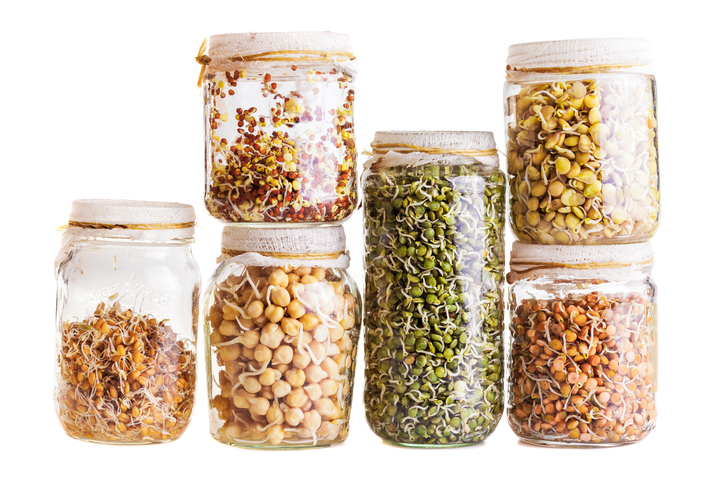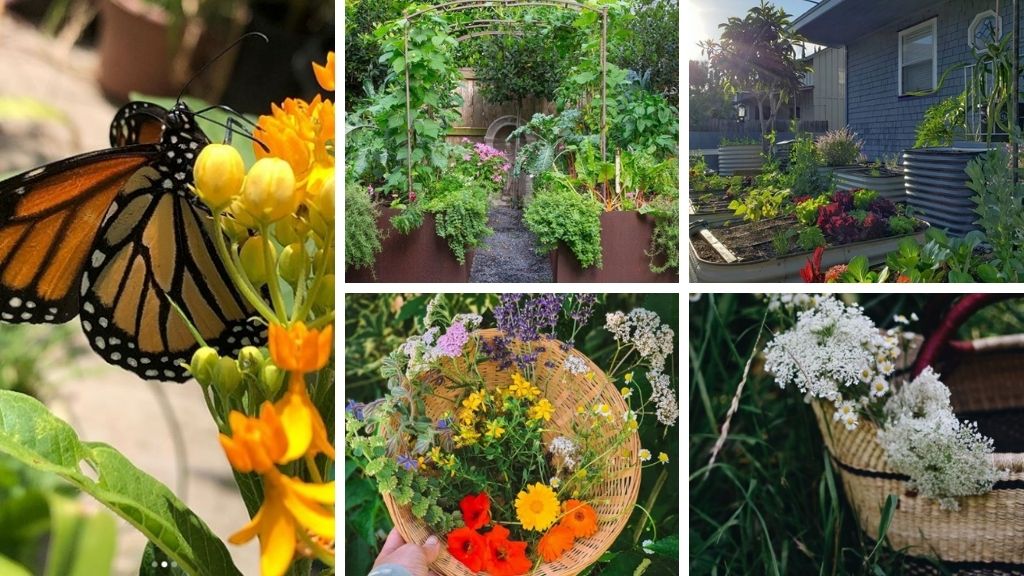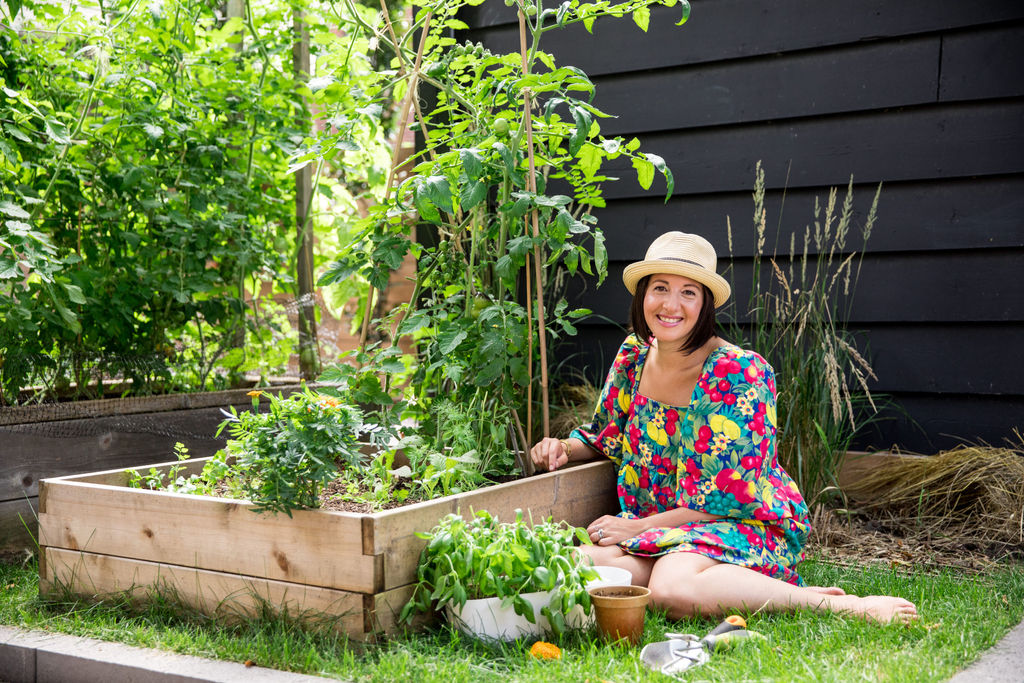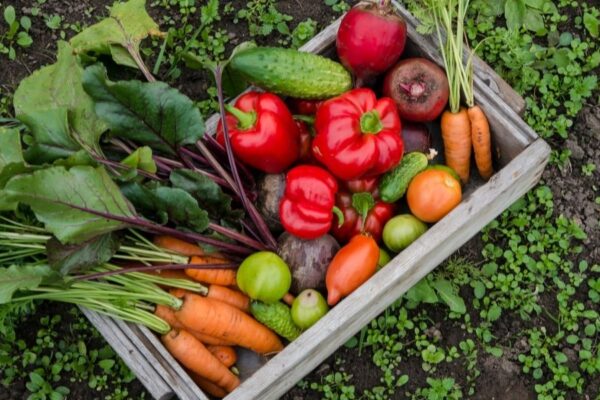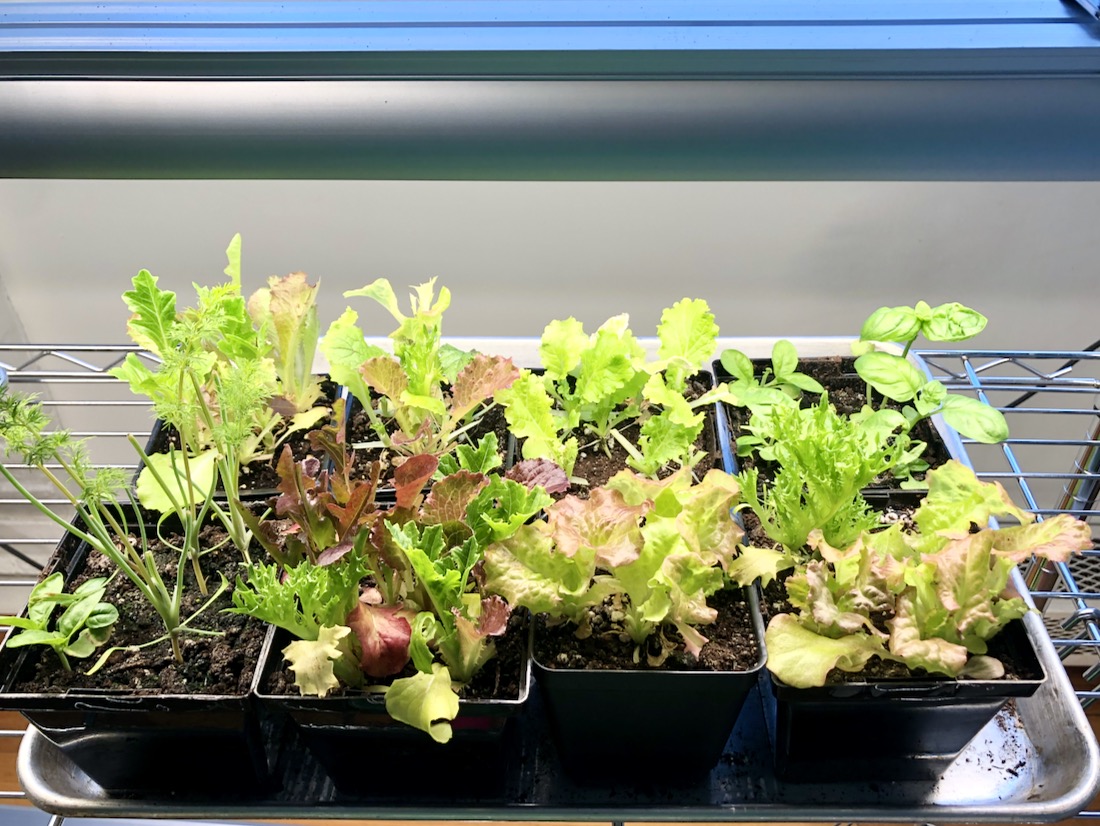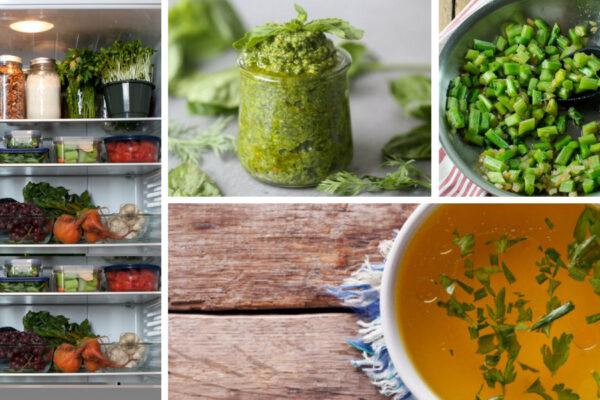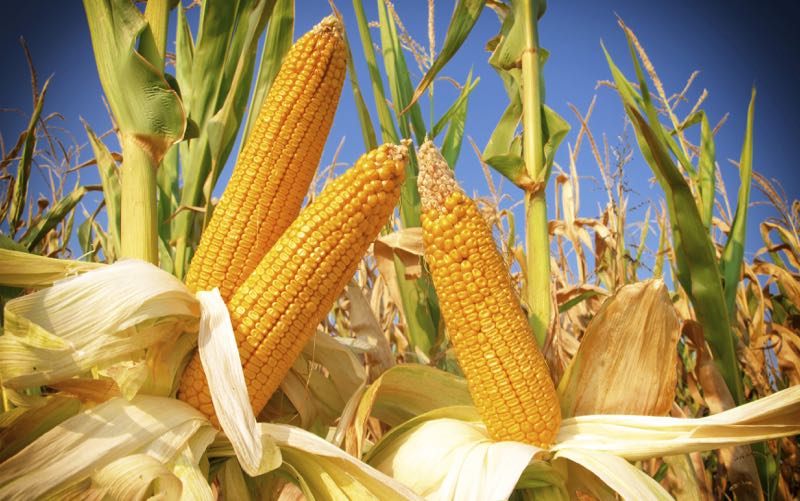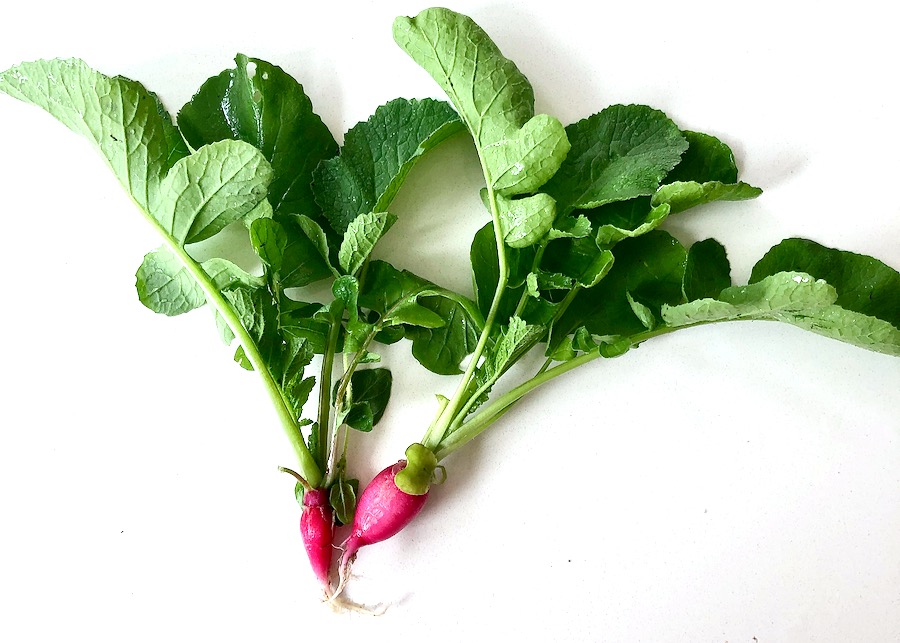Indoor Gardening: 6 Easy Foods to Grow Indoors
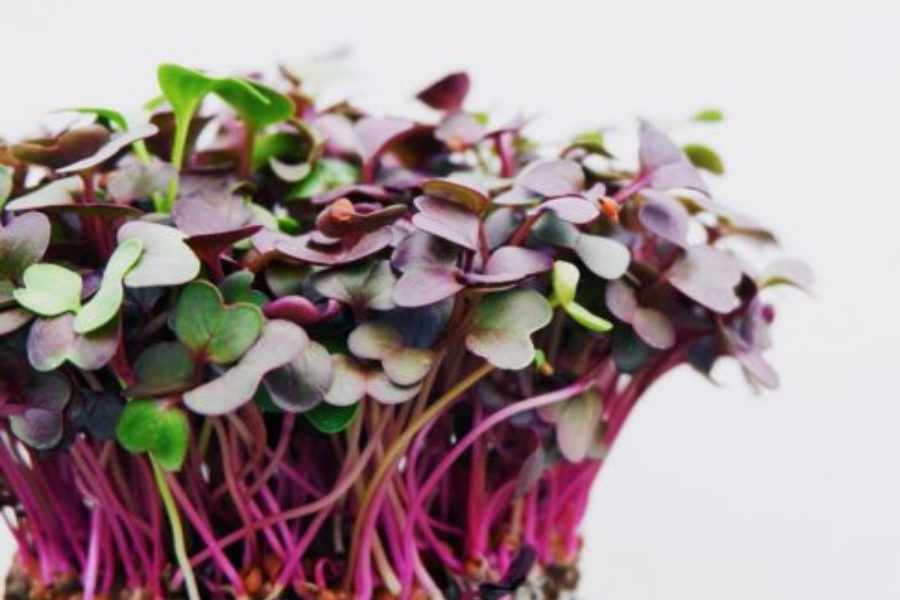
A backyard with an overflowing fruit and vegetable garden is an absolute delight – unless you don’t have the outdoor space, are affected by cold seasonal temperatures, or simply fail as an urban gardener. Try bringing your garden inside with these six easy foods to grow indoors. They’re inexpensive and once you get the hang of indoor gardening, you’ll have access to a variety of ingredients and flavours you can use to enhance your cooking.
6 Easy Foods to Grow Indoors
Sprouts
Sprouts are nutrition powerhouses – they are rich in enzymes, bioavailable protein, vitamins, minerals and antioxidants. You may not have realized how easy they are to grow at home! There are a few different methods you can use to sprout and the equipment is mostly low-tech, meaning you probably already have what you need (and if you have a well-stocked pantry, you likely have things you can sprout as well).
What to Sprout First?
These sprouts are delicious and tasty for indoor gardening.
- Alfalfa Sprouts
- Broccoli Sprouts
- Chickpea Sprouts
- Lentil Sprouts
- Pea Sprouts
- Mung Bean Sprouts
- Red Clover Sprouts
Get your FREE Sprouting Guide plus 35 more free resource guides!
Fill out the form below for instant access.
Free Resource Library
Enjoy more than 40 downloadable guides, recipes, and resources.
Microgreens
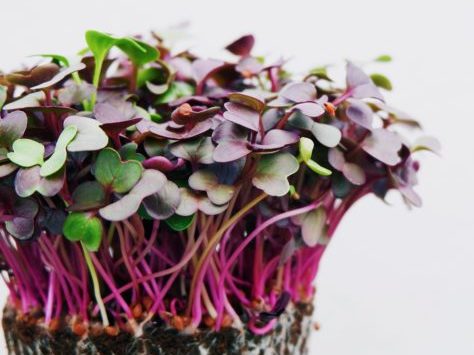
Photo: Deviyahya on Unsplash
Microgreens are essentially baby plants. They are harvested a few weeks after the sprouting process mentioned above, before the seedling turns into a mature plant. Microgreens have strong flavours and pack a large nutritional punch – research on microgreens shows that they can contain 4 to 40 times more vitamins C, E, K and beta carotene than their full-grown counterparts.
All you need is some seeds, soil, water and a sunny window and you’re ready to reap the benefits.
Microgreens to Try First
Since microgreens grow longer than sprouts, they have a stronger flavour and you may want to choose based on your own palette. However, these are some of the ones we like:
- Pea shoots
- Sunflower shoots
- Kale microgreens
- Broccoli microgreens
Learn how to grow microgreens here.
Mushrooms
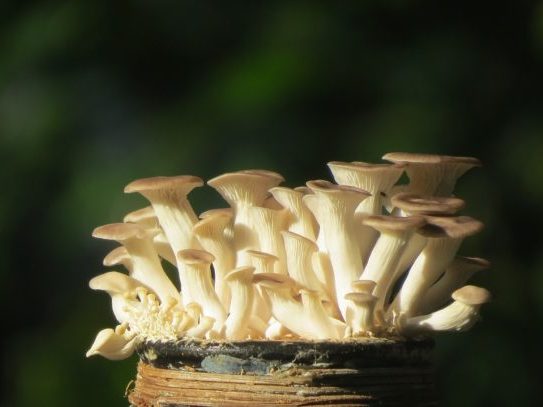
We are huge fans of mushrooms. They:
- support the immune system
- are packed with vitamins and minerals
- contain anti-cancer properties.
Mushrooms grow from spores. They depend on sawdust, straw, wood or grains for nutrients, and require damp, dark and cool environments to thrive. You can create your own mushroom-growing setup, or start off with a mushroom kit to make the process even easier.
What Mushrooms Should I Grow Indoors?
Any kind you like, really! Try:
- oyster
- shiitake
- wine cap
- Lion’s mane
Learn how to grow mushrooms here.
Herbs
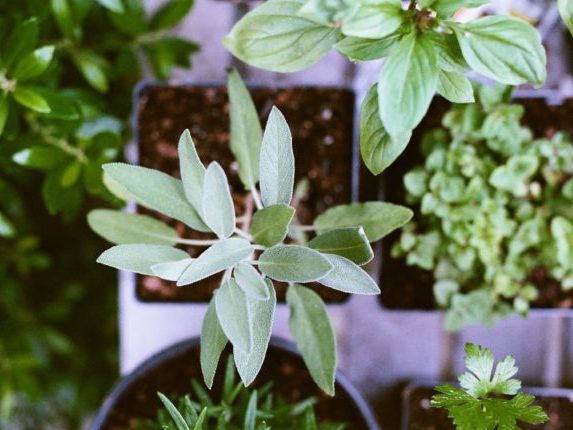
Photo: Matt Montgomery on Unsplash
Herbs are often relegated to the side of the plate or used as a garnish, but they’re truly the flavour dynamos of the kitchen. They’re loaded with flavour, beneficial nutrients and texture, and we like to use them generously to amp up dishes.
Easy Herbs to Grow Indoors
Some easy herbs to grow indoors include:
- mint
- thyme
- oregano
- chives
- parsley
- basil
Thyme, oregano, basil and chives are great on pizza, while parsley and mint are fantastic additions to dairy-free smoothies.
Beginners may find it easier to start off by purchasing a young plant rather than growing from seeds.
Learn how to grow indoor herbs here.
Lettuce
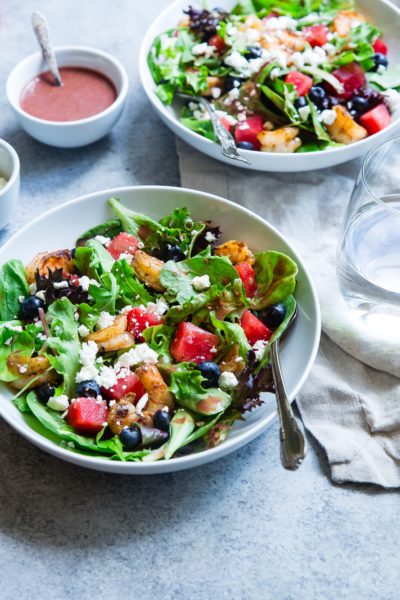
Photo: Taylor Kiser on Unsplash
Fresh lettuce is a traditional base for salads, but you can also add them to smoothies or use the leaves as a bread replacement. If you have a large window and live in a locale that gets plenty of sunshine during the winter, you can try your hand at growing fresh greens inside.
If sunlight is in short supply, there are also clever ways you can set up lighting inside for a functional indoor setup.
You’ll need a little bit more space and the lettuce requires some TLC, but the results will be worth it!
Learn how to grow indoor lettuce here.
Ginger
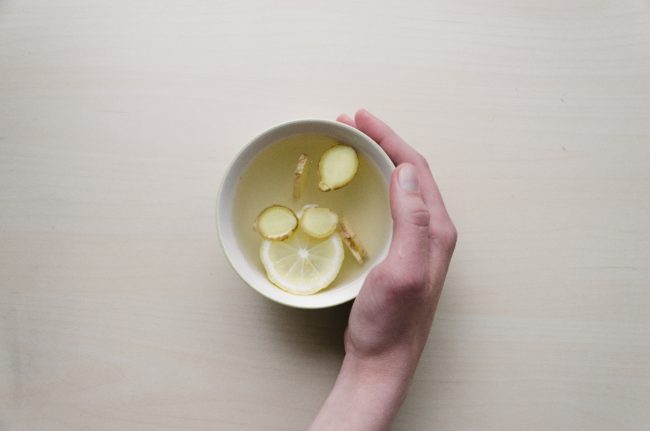
Photo: Dominik Martin on Unsplash
Known for its anti-inflammatory, immune-supportive and cold-fighting properties, ginger is a delicious addition to a variety of recipes including:
Bring that culinary power indoors by growing your own, which you can do using store-bought organic ginger root and a pot of soil. Growing ginger takes longer than some of the other foods we’ve mentioned here, though they do say that patience is a wonderful virtue to have.
Learn how to grow ginger here.
Where to Find soil and Seeds for Indoor Gardening
We encourage you to seek out local gardening stores in your area for gardening supplies like seeds and soil. You could also visit online community groups (or ask your friends and neighbours!) if they have seeds to share.
We also recommend purchasing organic seeds, as well as soil. For more soil-buying tips, check out this post on growing your own food.
These easy foods and vegetables to grow indoors allow you to explore growing your own food all year long. And who knows – after you achieve success inside, you may want to expand to the balcony, patio, backyard or community garden!
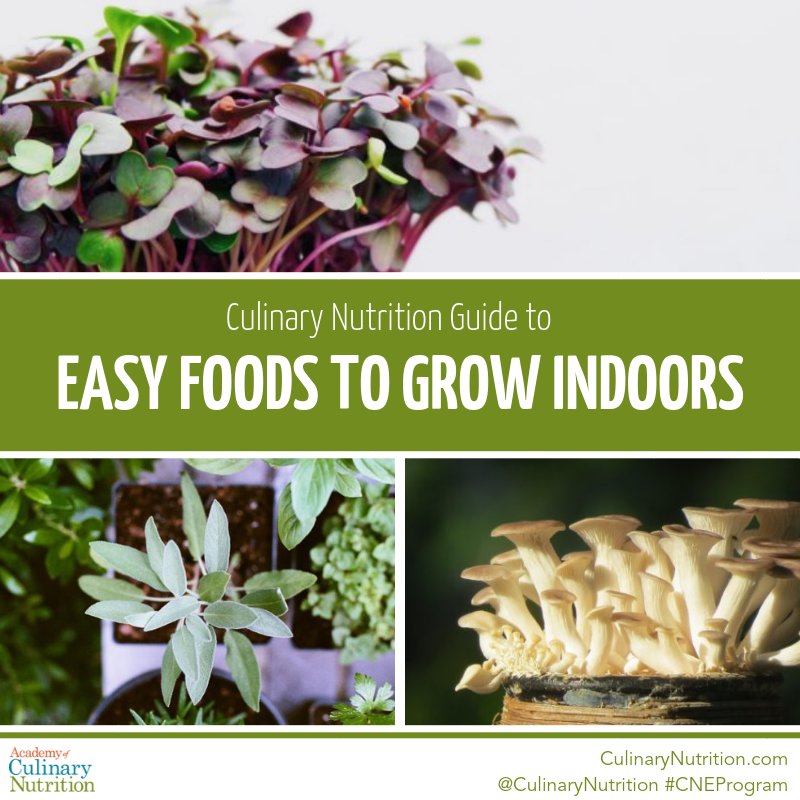
Free Resource Library
Enjoy more than 40 downloadable guides, recipes, and resources.















